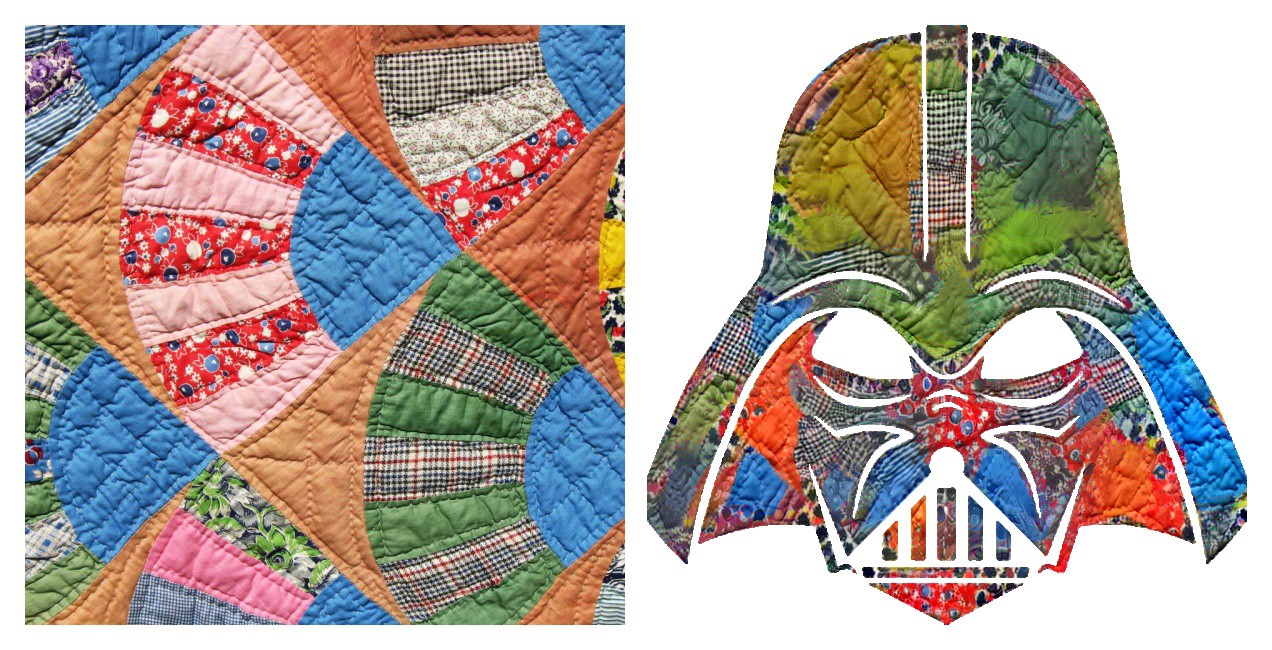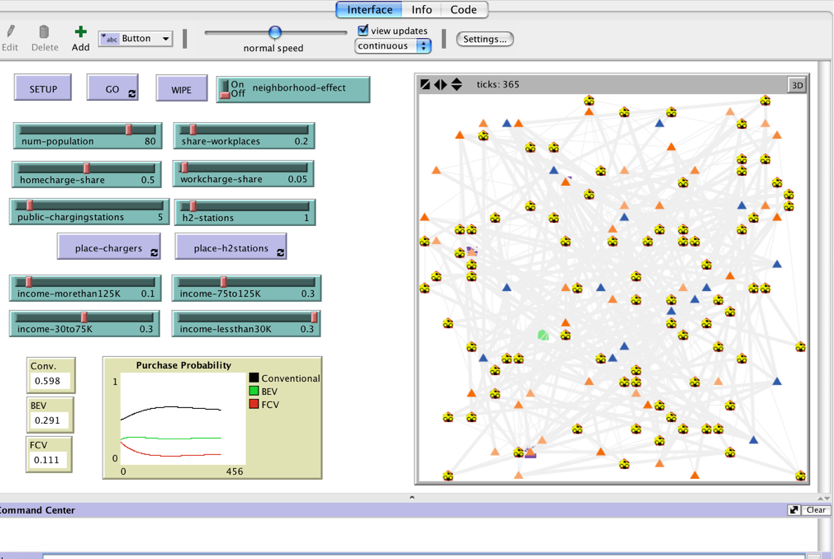
Project Portfolio

BEBO, the Benefits Bot
BEBO (a shortened version of 'Benefits Bot') is a conversational AI chatbot designed to assist those who lost their jobs due to COVID-19 and seeking information about unemployment benefits. BEBO was developed in May 2020, during a week-long hackathon (“Women Hack the Crisis” hosted by The Expat Woman in San Francisco, CA). BEBO is bilingual: she can answer questions in both English and Spanish. Product website where you can interact with BEBO: https://whowteam.github.io/bebo/

Interactive Visualization using D3
This is an interactive visualization about glaciers in Glacier National Park, Montana. The interactive bubble chart shows the surface area of the glaciers (present & 50 years ago), status of the glaciers (active or inactive), and whether they are being monitored by USGS.
Link to the visualization is here.

Creating Intricate art with Neural Style Transfer
This is a fun project where I applied Gatys' artistic neural style transfer algorithm with silhouettes and doodles to generate novel patterns and intricate art. The silhouettes facilitated the algorithm to give a neat finish to the style. Documentation and code are provided here.

Analyzing Driver Signup and First trip rates for a ride sharing service
This is a synthetic dataset for ridesharing that shows the details of driver sign-up data. The data consists of when the drivers signed up, the city, sign-up OS, sign-up channel (paid, referred, etc.). Once they signed up for the driving, they are requested to be available for background check, add their vehicle and once those stages are cleared, they are then allowed to start picking up passengers.
Here, the company wants to maximize the trips taken by the drivers. There may be several hurdles before first trip is taken, such as, the background check may be negative, or the drivers may fail to add their vehicle, and so on. This data analysis will try to find the important factors that is involved in the first trip taken by the drivers. And consequently, some recommendations are suggested based on the analysis.
Click here for the code and dataset.

An agent-based model to analyze consumer purchase behavior
I developed an agent-based modeling that represents a synthetic population in a neighborhood. A micro network is created for each household based on the locations people typically travel every day (work, day care center, grocery stores, etc.). People interact with the infrastructure in the neighborhood. Presence of electric chargers at home, work or public as well as hydrogen stations influence their purchase behavior.
The model predicts the purchase probability based on a multinomial logit approach in real-time based on the daily driving pattern of the neighborhood. The model runs for a year.
Click here for more details. The model file is also available to download from the Github link.

What is your future car? Predictive Shiny App
I created this Shiny App in 2014 based on my research on consumer behavior and infrastructure analysis. The backend of this model is based on a multinomial logistic regression algorithm, which takes in consumer characteristics, vehicle attributes, and predicts the probability of the consumer purchasing a vehicle technology. The App gives the top 3 optimal choices for the consumer.
Click here for the Shiny App link. For more details about this project, see the blog post.

Spatial Renewable Power Plant Locator Tool in GIS
A spatial tool was developed using ArcGIS and ArcPy framework to identify optimal locations of renewable energy power plants.
Click here to learn more.

Bi-objective algorithm for modal choice
A bi-objective algorithm that optimizes time and money is developed for the modal choices in the San Francisco Bay Area region. Here, the users choose between driving and BART during the peak and non-peak hours. The model also estimates the cost and emissions of their choices.
Click here to learn more.

Exploratory Analysis of Draper Chronology Challenge
Kaggle introduced Draper satellite image chronology challenge, where five sets of images were given representing each day. The challenge was to arrange the images in the test data which were given in random order.
I did a simple exploratory analysis on the a set of training data images, using basic computer vision techniques (Sobel edge detection, RGB bands, Hough transform and SURF point detections).
The Github link to the IPython code is here.








